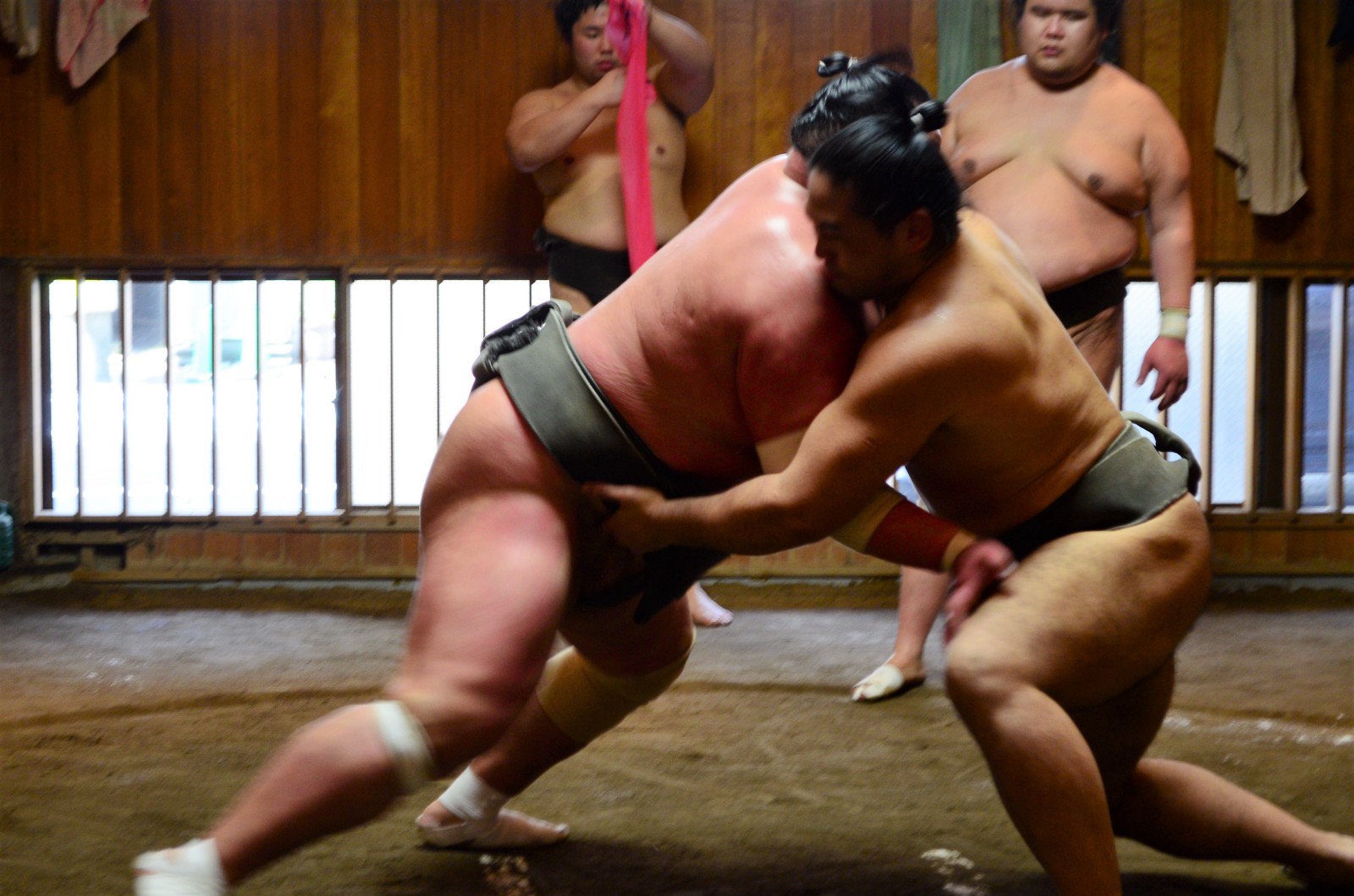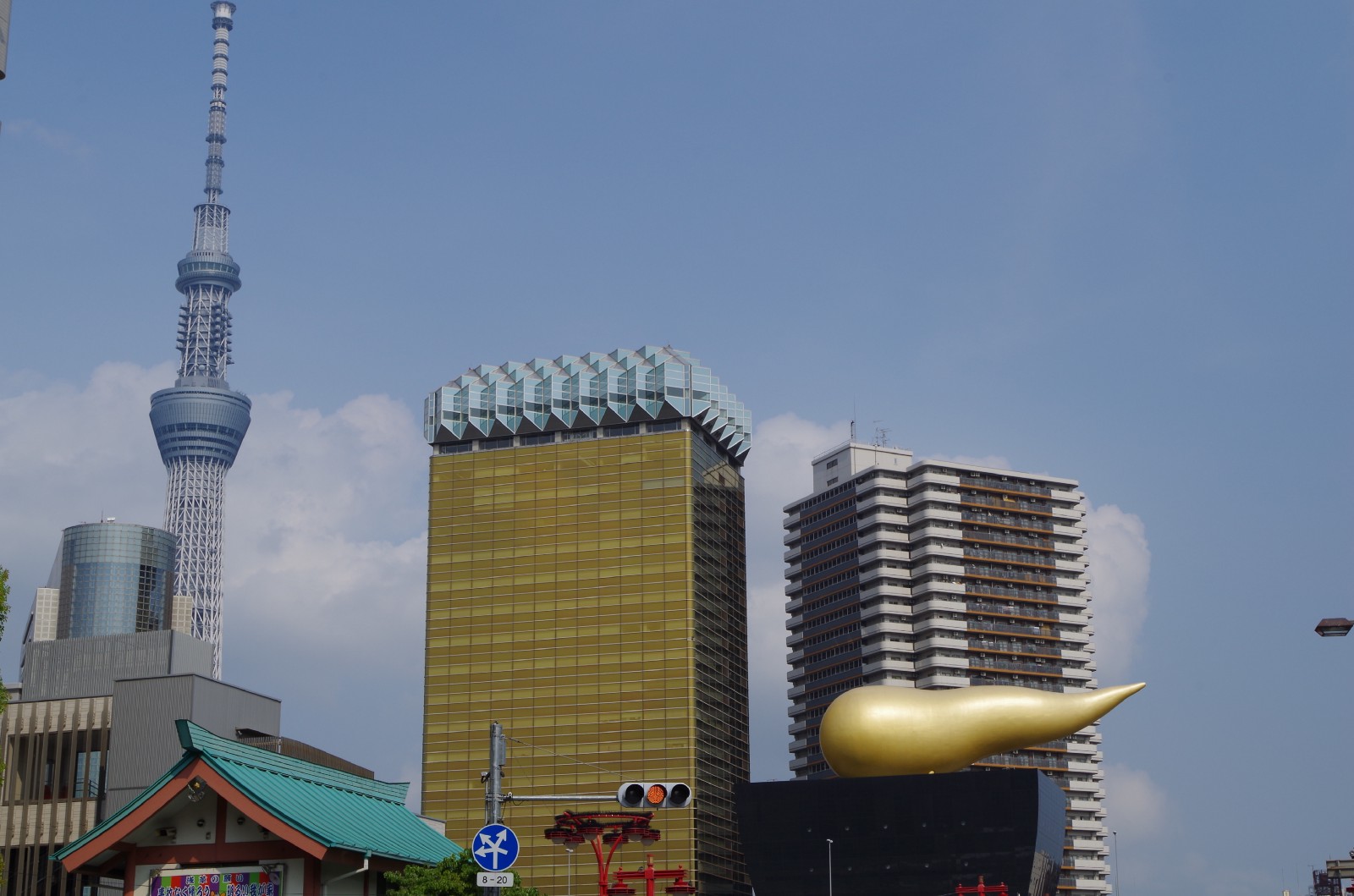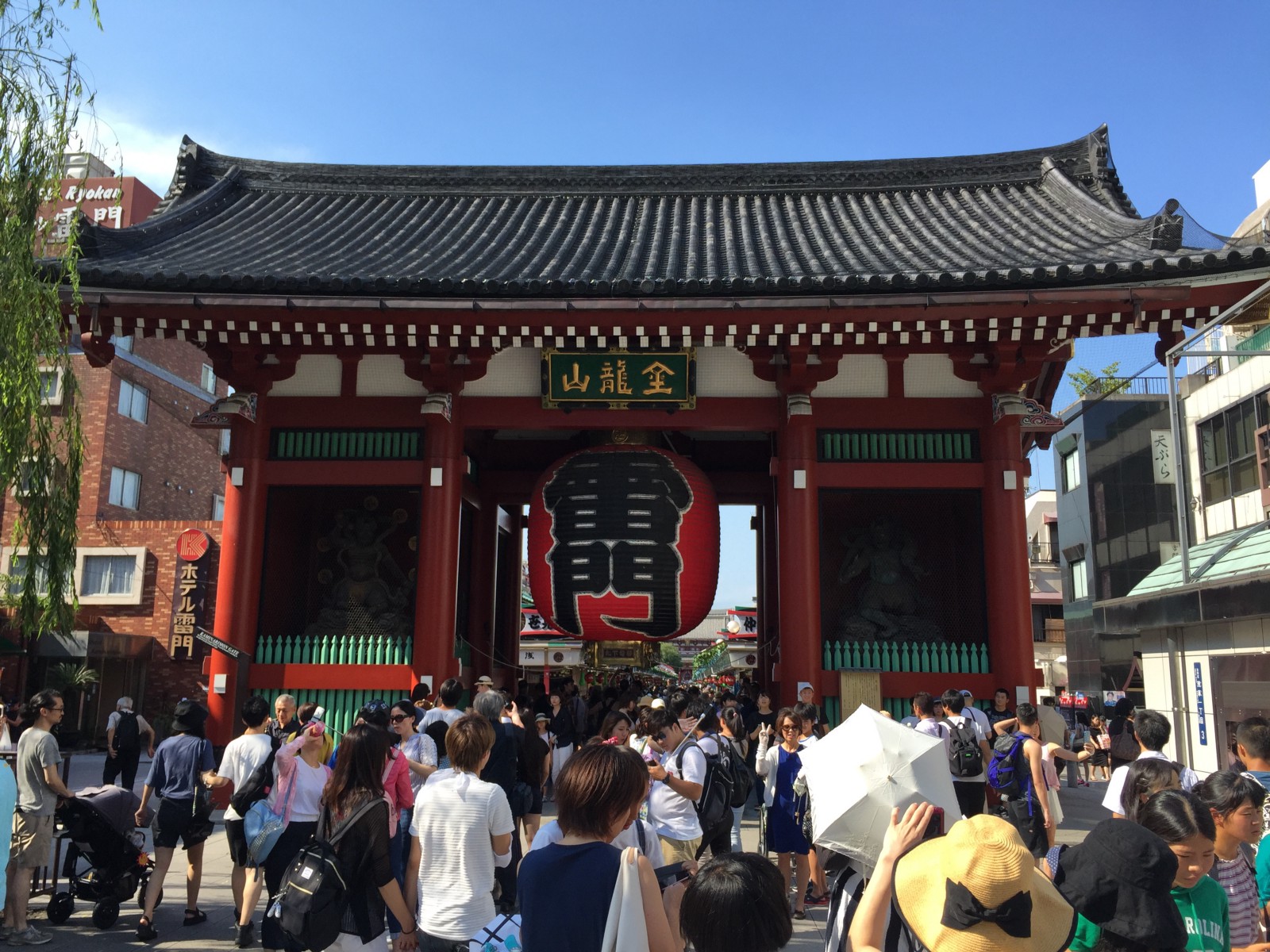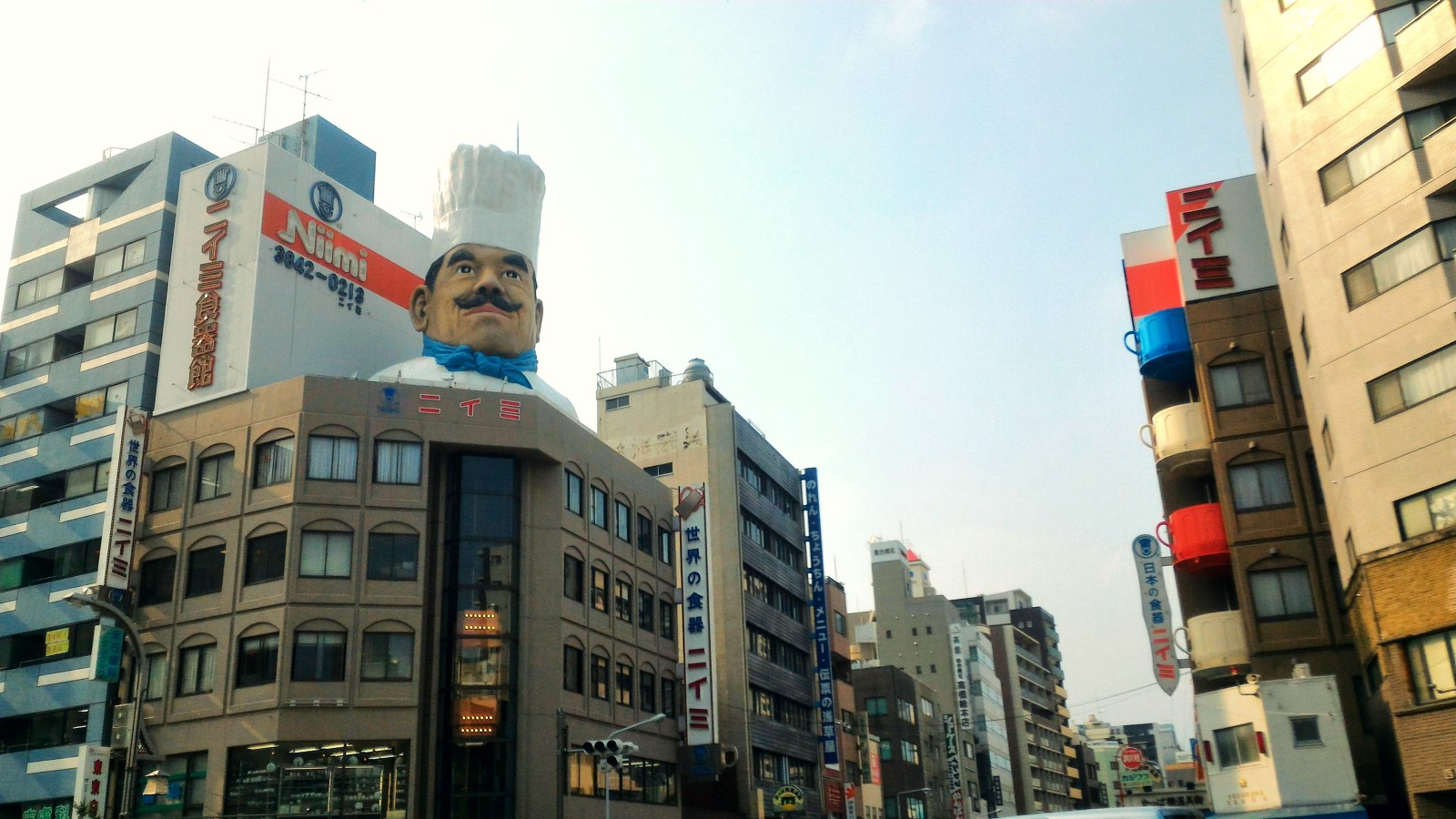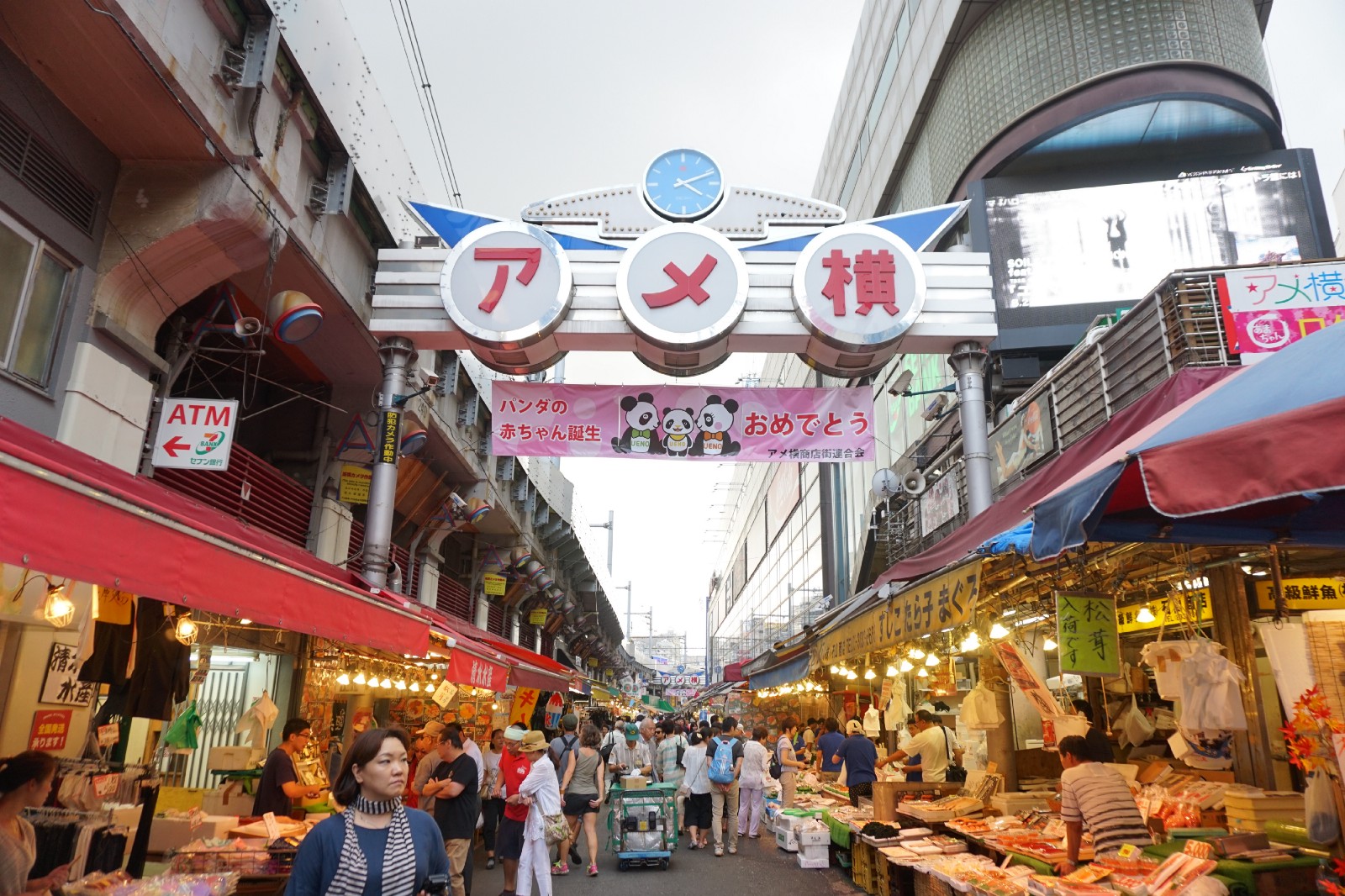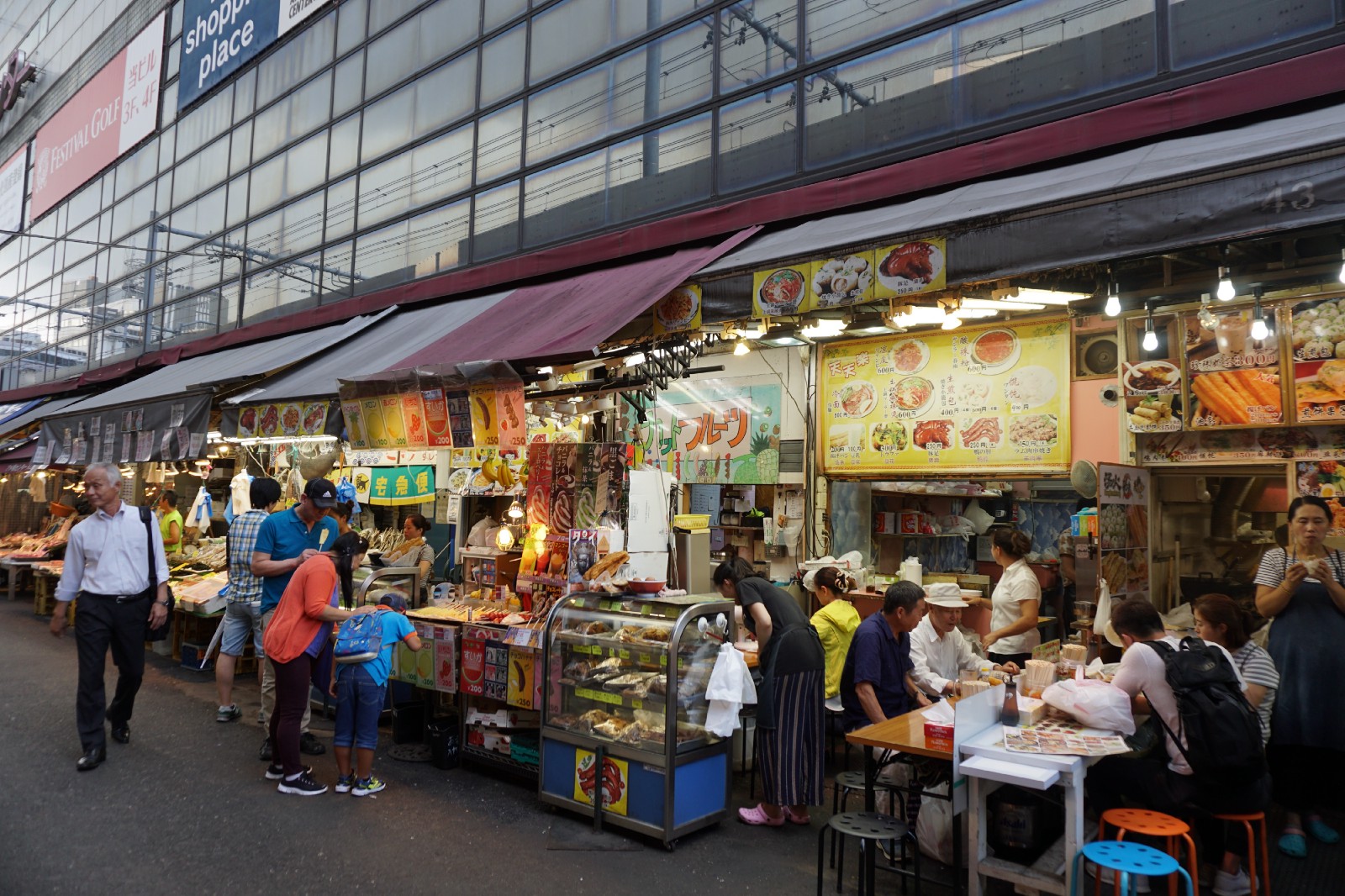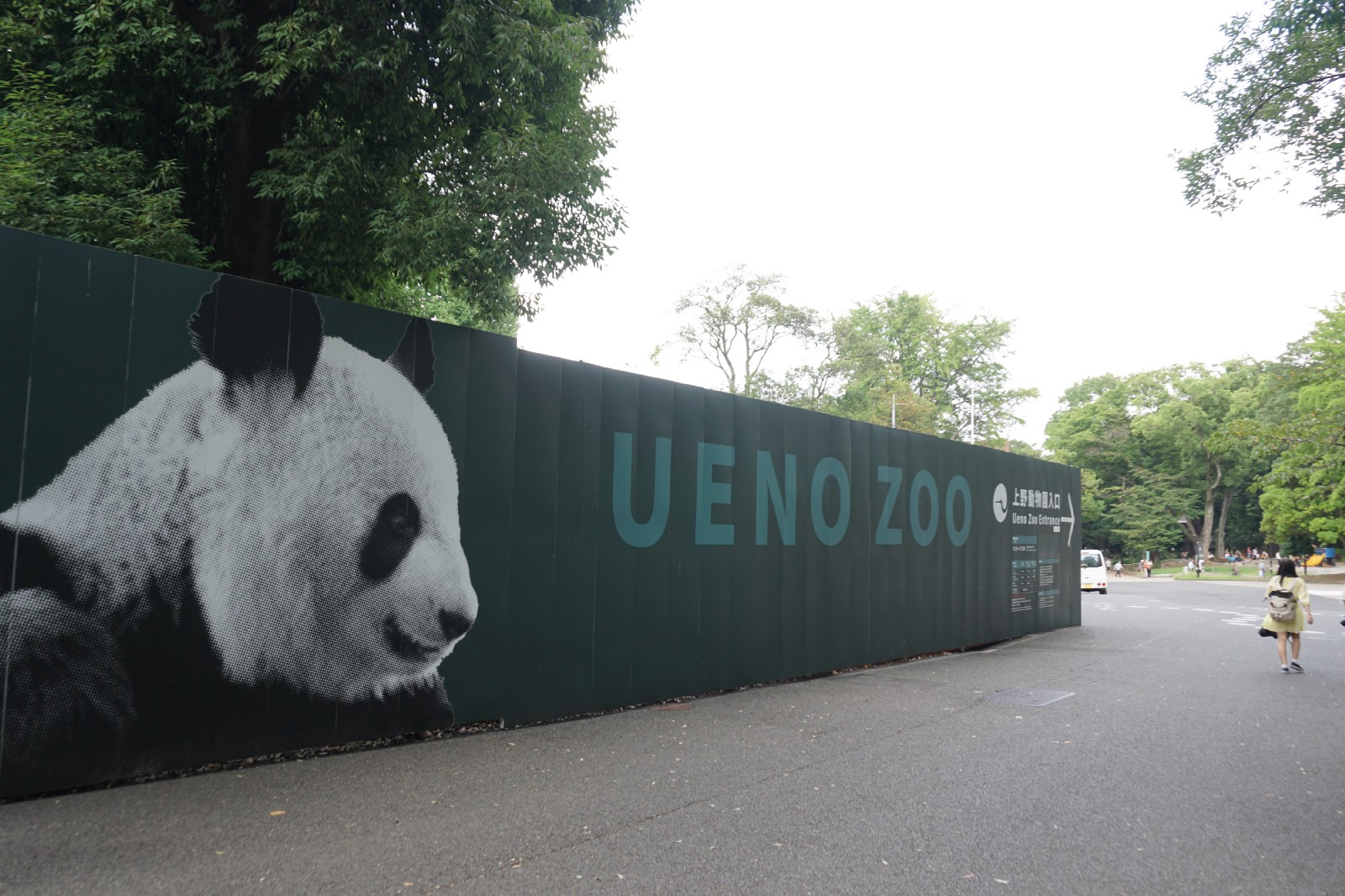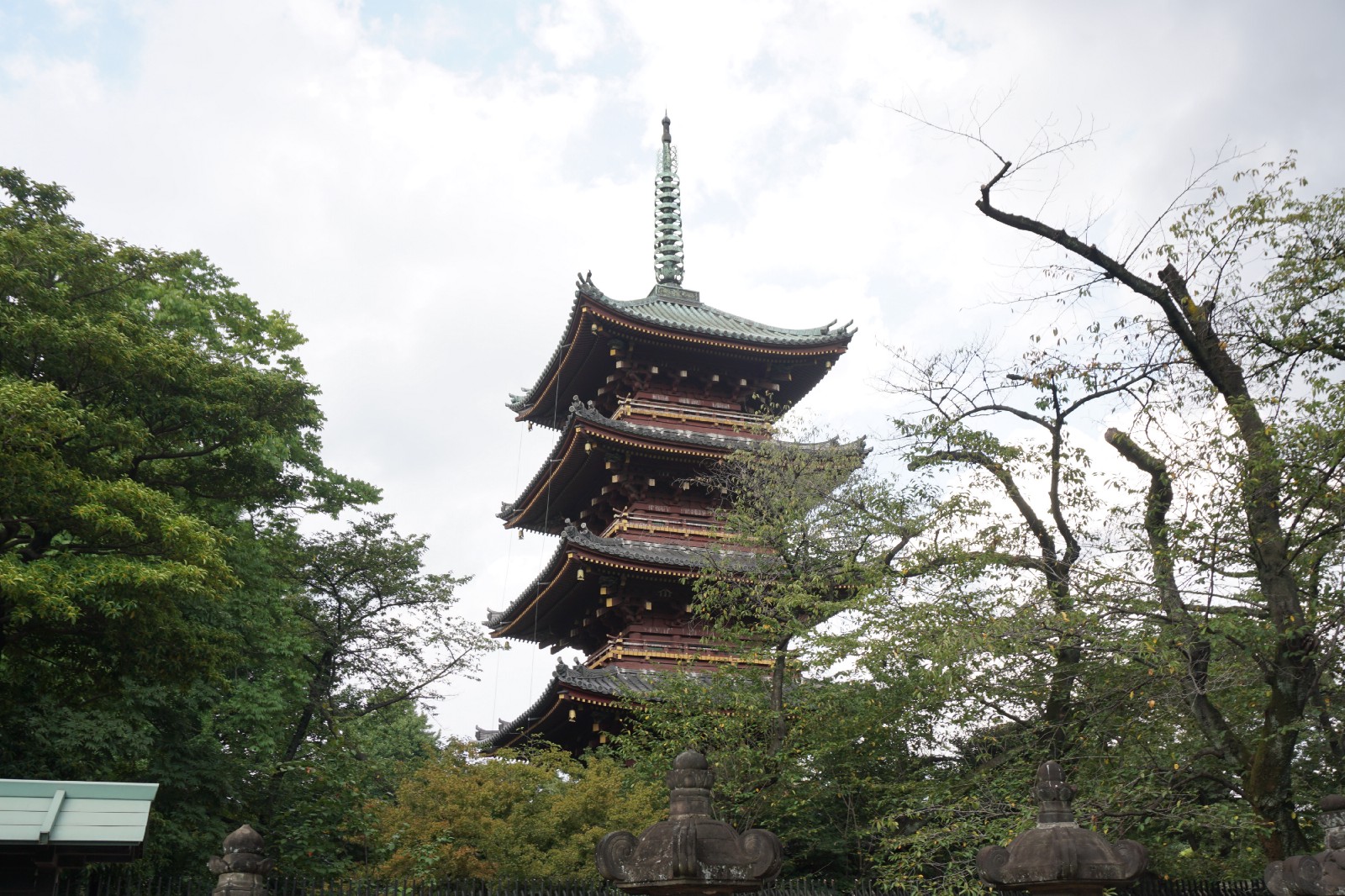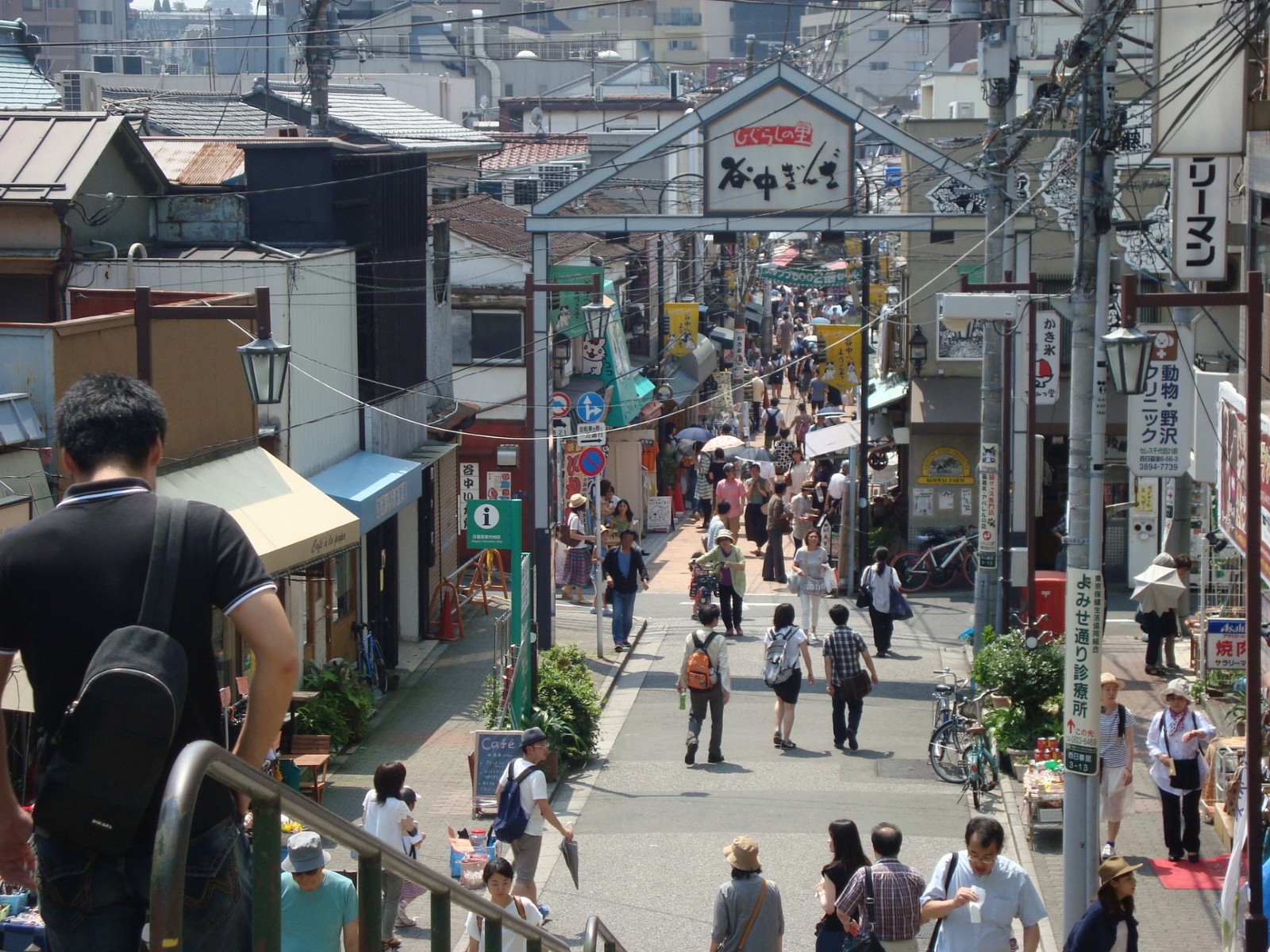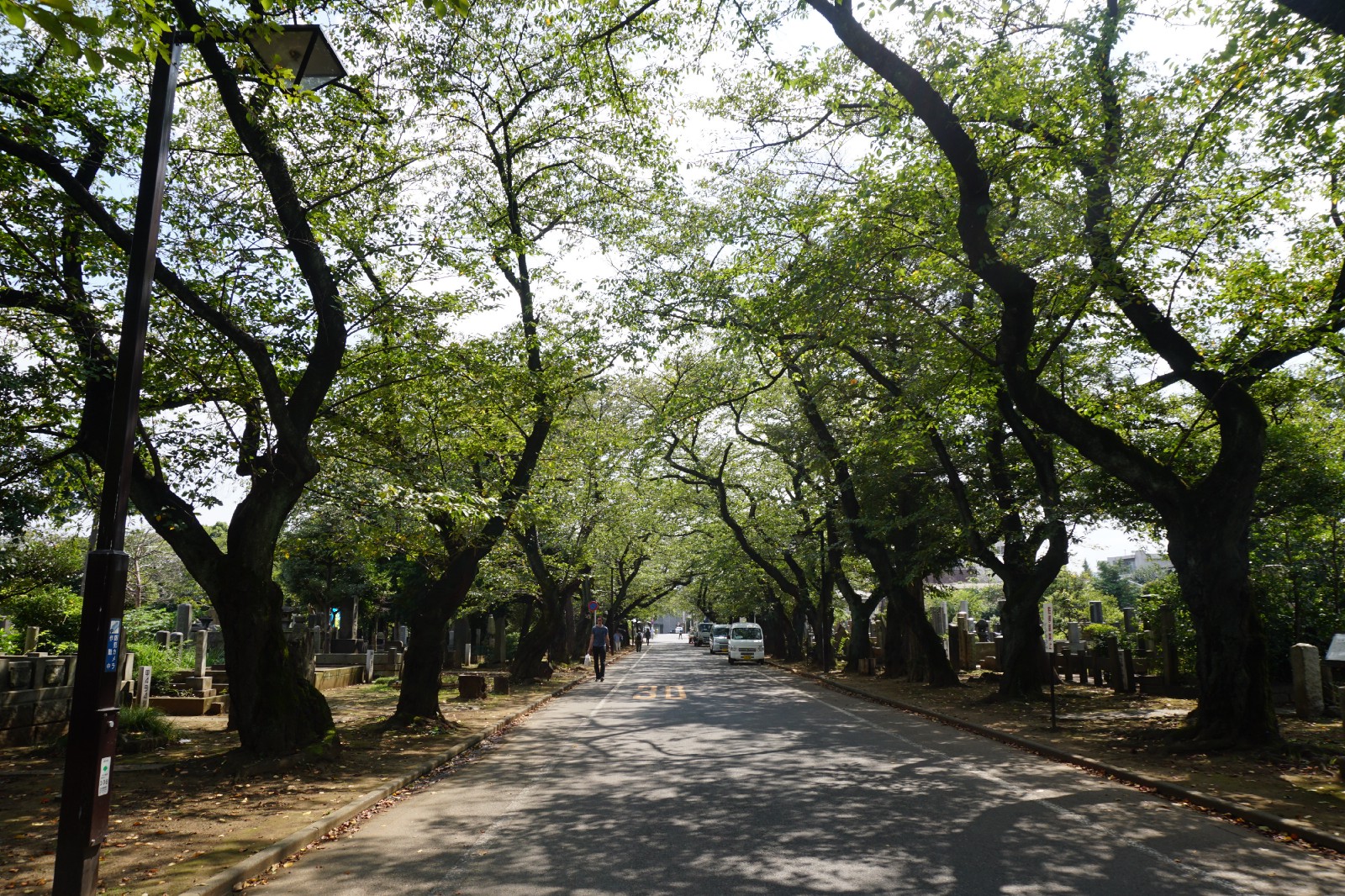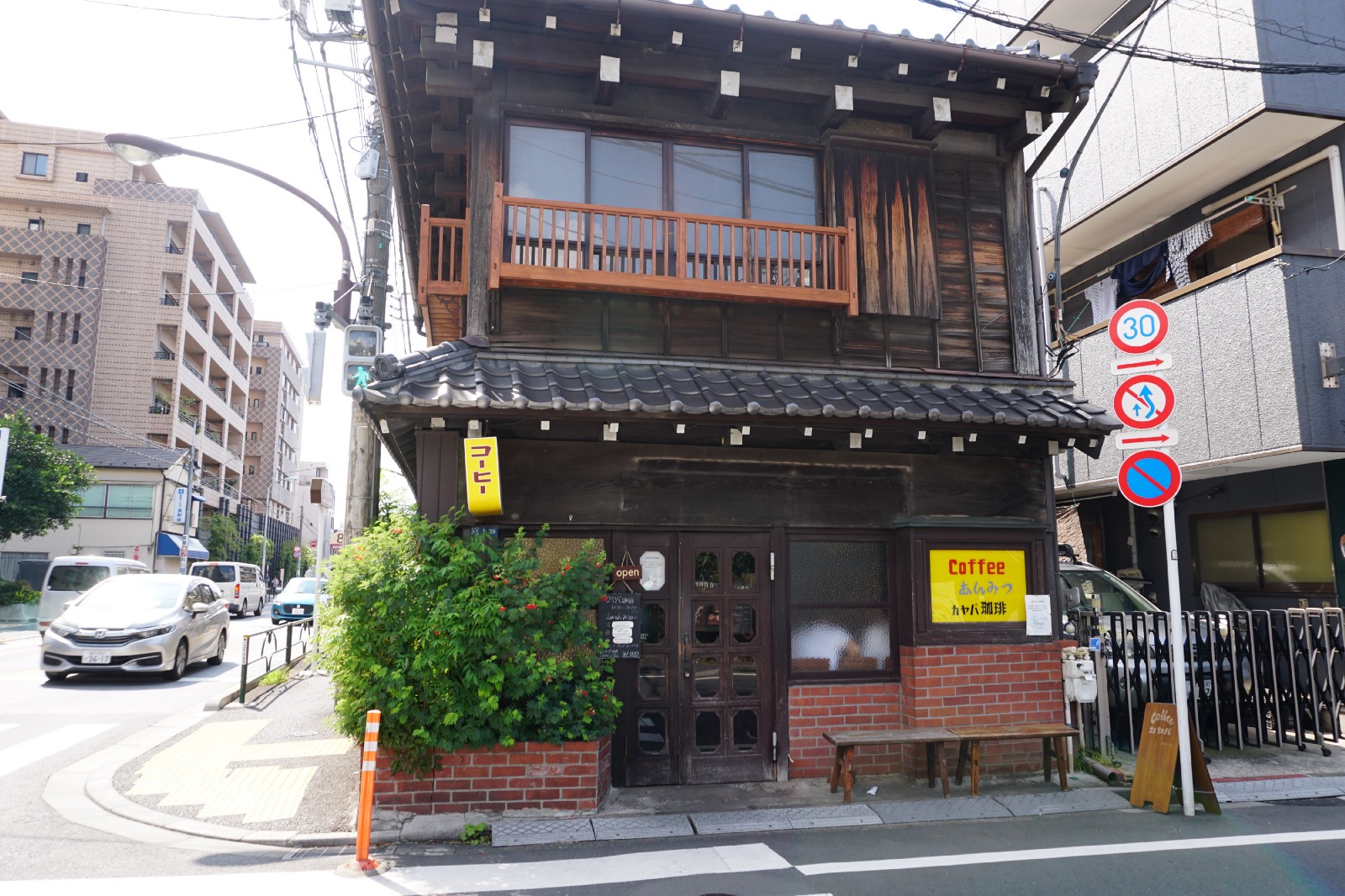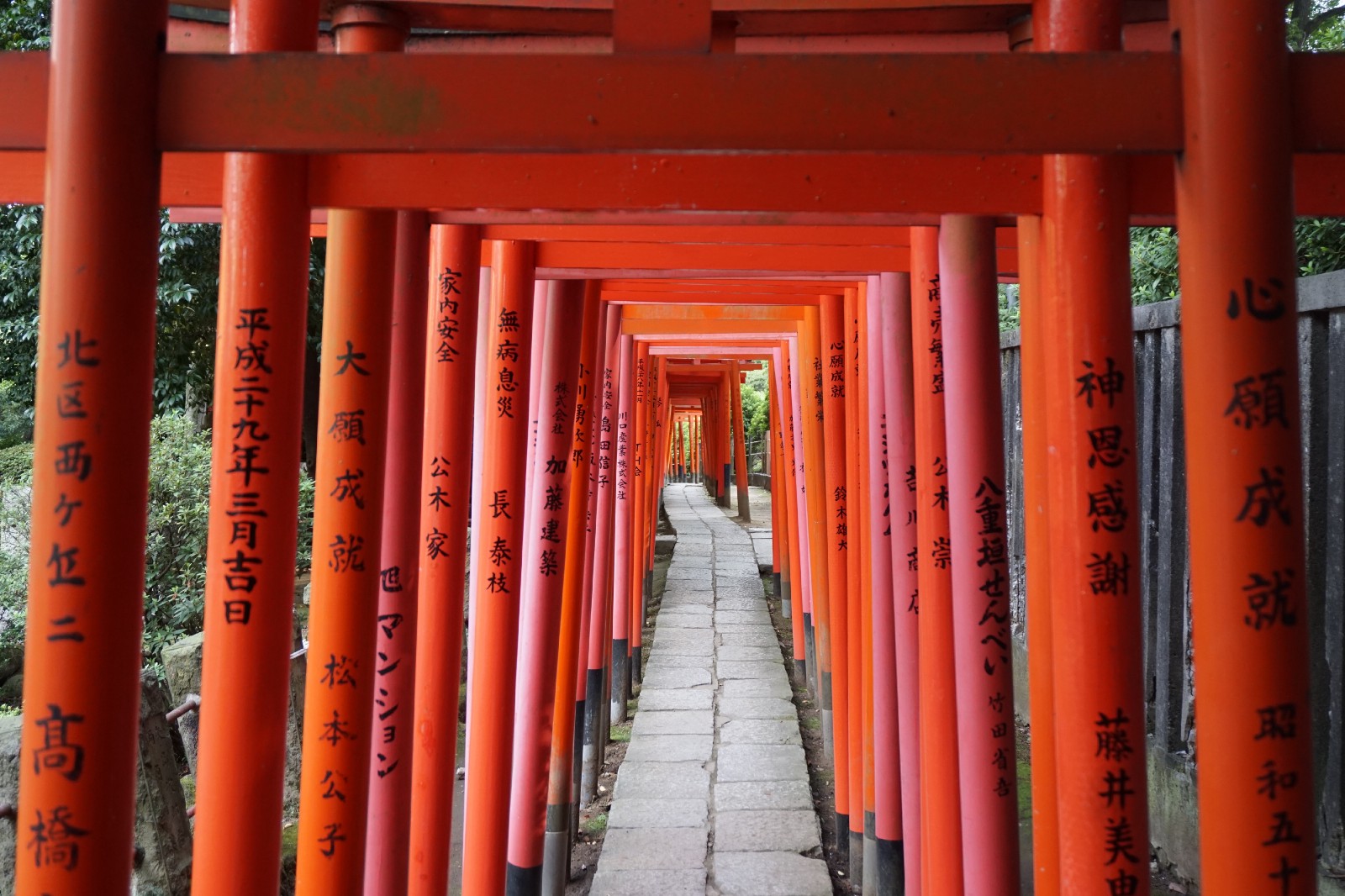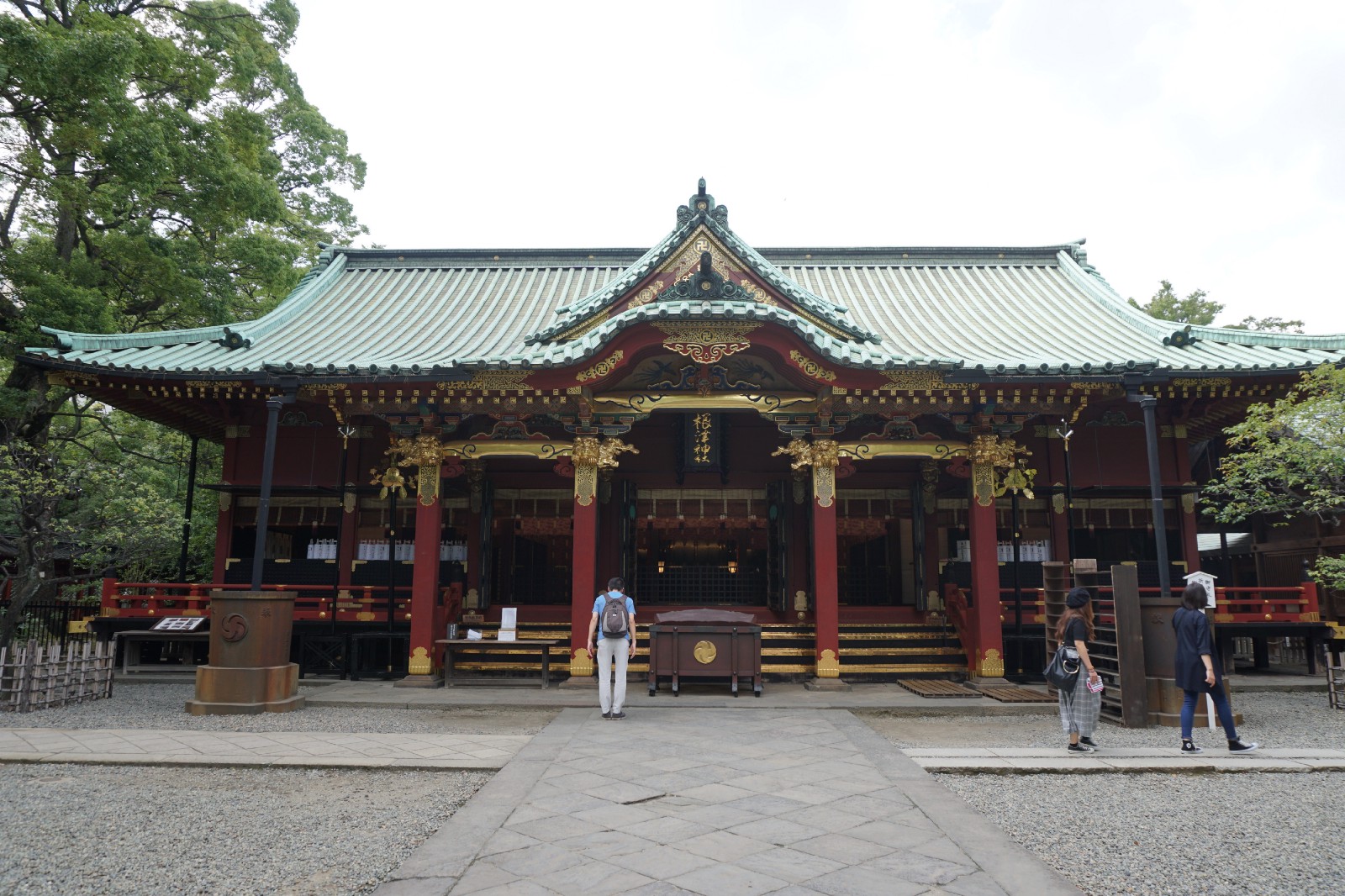2 Days Itinerary in Tokyo: SHITAMACHI the Old Downtown
Visit Shitamachi area (Tokyo Skytree, Asakusa, Ueno, etc) and explore Tokyo hidden gems!
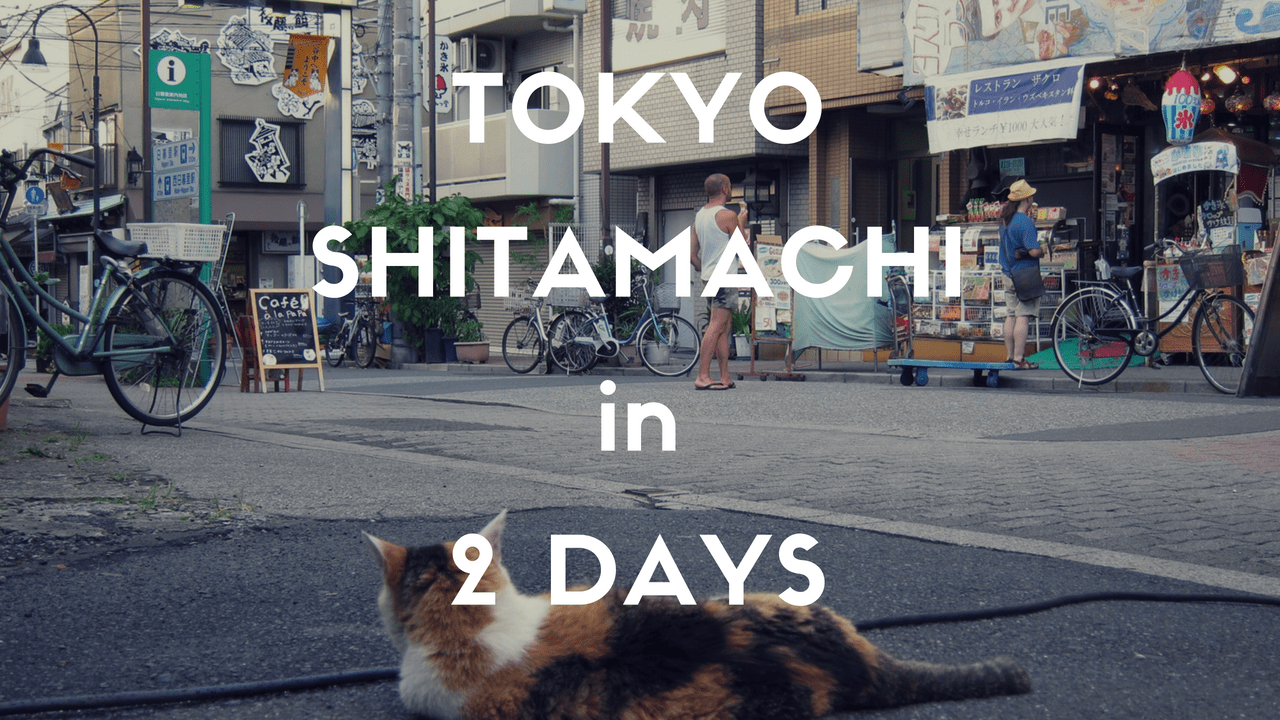
Have you heard of “Shitamachi”? It refers to the old downtown areas in northern Tokyo, where a well-preserved historical atmosphere remains, featuring retro buildings and genuine local vibes. While many tourists tend to focus on exploring the modern, high-tech side of the city, the Shitamachi area is becoming increasingly popular among seasoned travelers who have visited Tokyo before.
In this article, I’m sharing a 2-day itinerary for exploring the Shitamachi area of Tokyo. This guide includes well-known tourist spots such as Tokyo Skytree, Asakusa, and Ueno, along with some lesser-known attractions for a more unique experience. So, be sure to check it out! 🙂
If you’re looking for a comprehensive guide to these areas, don’t miss our All-in-One Guides to Asakusa and Ueno!
*Please note that this article contains affiliate links.
Understanding Shitamachi: Tokyo’s Traditional Heart
Tokyo’s Shitamachi, which literally means “low city,” refers to the historical downtown area where merchants, craftsmen, and the working class lived during the Edo period. Unlike the more modern and affluent Yamanote area, West of the Imperial Palace and the inspiration for the JR line of the same name, Shitamachi developed as the cultural and economic engine of everyday Edo life.
Neighborhoods like Asakusa, Ueno, and Yanaka have retained much of their original layout, architecture, and local businesses. Walking through these areas offers a chance to see family-run shops, long-standing street food stalls, and temples that have remained community anchors for generations.
Shitamachi’s significance goes beyond nostalgia. Many traditions from this area, such as sumo wrestling in Ryogoku or the Buddhist rituals at Sensoji Temple, continue to be practiced and respected. In places like Nezu and Yanaka, efforts to preserve the old townscape mean visitors can still experience a version of Tokyo that has largely disappeared elsewhere in the city.
By understanding the cultural weight Shitamachi carries, each stop on this itinerary becomes a point of interest that’s part of a living story that stretches back centuries.
Day 1 Itinerary:
1. Watching SUMO Morning Practice (2 hours)
If you’re seeking unique experiences, one of the top recommendations in the Shitamachi area is to watch a Sumo morning practice. Ryogoku (両国) and its surroundings are known as the home of Japan’s national sport, Sumo, and many Sumo stables are located here. Some of these stables are open to the public for viewing, making it a truly special and spectacular experience.
More info: My SUMO Morning Practice Experience in Tokyo!
▶ Book Early Morning Training Sumo Stable Tour Now!
2. Tokyo Skytree (1 hour~)
Visit Japan’s tallest building, the Tokyo Skytree (東京スカイツリー), which is a short walk from the Sumo stable. If you’re not attending the morning Sumo session, it’s best to go to the Skytree early in the day to avoid large crowds. Standing at 634 meters, the tower features two observation decks at heights of 350 meters and 450 meters. The views from these decks are spectacular, providing a panoramic landscape of the entire city and its neighboring prefectures.
More info: Tokyo Skytree: the New Symbol of Modern Tokyo
▶ Book your tickets for Tokyo Skytree here!
3. Asakusa (2 hour~)
You can reach the Asakusa area by train (3 minutes), bus (8 minutes), or on foot (20 minutes), but I personally recommend walking. Strolling along the Sumida River in this area is quite enjoyable.
Once you arrive in Asakusa, you’ll find the famous Sensoji Temple, which is the oldest temple in Tokyo, founded in 645. It’s one of the city’s most iconic buildings. After passing through the massive “Kaminarimon” gate with its gigantic lantern, you’ll walk down Nakamise Street toward the main hall. This street is lined with numerous shops offering local souvenirs and street food.
More info:
Sensoji Temple in Asakusa Tokyo
6 Must Try Street Foods at Asakusa Nakamise Street
Hungry? I think it’s time for lunch 🙂 Asakusa offers plenty of eat-out options, and there are many long-established Japanese restaurants. Here are articles introducing the best restaurants in the area.
→ Best Restaurants in the Asakusa Area
See the best highlights of the Asakusa area in one day! “Asakusa Cultural & Street-food Walking Tour” by Magical Trip is a popular walking tour in the Asakusa area, introducing the best sightseeing spots, the authentic local street food, the shopping street and more! Check out more details and book the tour HERE ▶ Asakusa Cultural & Street-food Walking Tour
4. Kappabashi (1 hour~)
Kappabashi (合羽橋) is a 1-kilometer street located between the Asakusa and Ueno areas of Tokyo. This street is lined with hundreds of stores that specialize in kitchen utensils and restaurant supplies, including high-quality Japanese knives and traditional kitchenware. If you are passionate about cooking, this is the best place to shop in Tokyo!
More info: KAPPABASHI : Best Street to Shop in Tokyo for Chefs!
5. Ameyoko (2 hours~)
Ameya Yokocho (アメヤ横丁) a.k.a. Ameyoko is a famous busy market street along the railway. The street and the surrounding area are known as a part ofthe historical Shitamachi (low city) of Tokyo.
Tokyo’s most vibrant market street has hundreds of shops and stalls lined. From grocery to dry food, drug stores to boutiques, there are variety of items can be found on this street sold at bargain prices, and also places to eat like locals. Small Izakaya bars to Kaisendon (seafood on rice bowl) stalls, how about eating out in the most chaotic atmosphere in Tokyo??
More info: Ameyoko Shopping Street in Ueno, Tokyo
On the first day, I suggest staying in the Ueno area, as it is one of the most accessible areas in the city. Numerous cozy, cool, and affordable guesthouses are located in and around this area.
Day 2 Itinerary:
6. Ueno Park (2 hours~)
Let’s start your day by walking down one of the most delightful parks in Tokyo! The massive public parks in the Ueno area, Ueno Park (上野公園), hold a number of tourist attractions such as Japan’s biggest museums, historical sites (shrine & temple), and the famous zoo. You can easily spend a few hours in this pleasant park in the heart of the city. For more info about things to do in the park, please check the link below!
More info: Best Things to Do at Tokyo Ueno Park
7. Yanaka (2 hour~)
Although the Ueno and Asakusa areas are popular tourist attractions, the lesser-known Yanaka (谷中) district has become a hidden gem for locals in Tokyo.
The local shopping arcade, Yanaka Ginza, offers a charming atmosphere with its collection of small, retro shops, groceries, restaurants, and cafes. There’s nothing lavish or flashy about it; instead, you can observe real locals going about their shopping. It’s the perfect place to sample local street food, as many stalls line the street, and some even offer beer and sake.
More info: Yanaka Ginza: Tokyo’s Best Old-Fashioned Shopping Street
Another attraction in the area is Yanaka Cemetery. The well-kept paths among the many tombs provide a pleasant stroll. The main street through the cemetery, Sakura-dori Street, is lined with cherry trees that bloom beautifully during cherry blossom season.
8. Nezu (1 hour~)
Within a short distance from Yanaka Area, Nezu is another hidden old downtown neighbourhood in Tokyo, where you can feel true local vibes. Yanaka and the surrounding neighbourhoods (Nezu and Sendagi) are called “Yanesen” (谷根千) , which is becoming hugely popular among tourists who seek for off the beaten path spots in Tokyo.
More info: YANESEN: Unspoiled Low-Key Neighbourhoods in Tokyo
The main attraction of the area is Nezu Shrine (根津神社), often referred to as the Fushimi Inari Taisha of Tokyo, because it features a path lined with numerous red torii gates. The spacious grounds of the shrine provide a pleasant walking experience, and it is within walking distance of Ueno Park. In May, the shrine is beautifully adorned with azaleas in full bloom, attracting many visitors.
More info: Nezu Shrine: Tokyo’s Most Underrated Shrine
At night, let’s head back to the Ueno area and eat more local food! If you are looking for great restaurants in the area, check out the link →10 Best Restaurants in Ueno Area
The best way to explore the Yanaka area is to join a local guided tour! Yanaka’s Old Town Walking Tour by Magical Trip is a popular walking tour in Tokyo. You can explore the neighbourhood of Yanaka and experience the different side of Tokyo by visiting hidden local spots and trying local food and drinks 🙂
Check out more details about the tour HERE ▶ Explore Japanese local life style — Nostalgic town walk Yanaka
Itinerary Map
Here you can check at a glance the main spots highlighted in the route:
FAQs about Shitamachi
1. How can I respectfully observe a sumo morning practice in Ryogoku?
Most stable visits follow a set flow—reserve in advance, meet an English-speaking guide, bow and remove shoes at the genkan, and observe two hours of silent training from zabuton cushions; questions (in a low voice) come only at the end, and photography is allowed without flash.
2. Can I rent kimono or yukata while exploring Shitamachi?
Absolutely—Asakusa alone hosts dozens of rental shops. Popular options include VASARA, WARGO, and Kimono Rental REN, which together offer hundreds of kimono and yukata styles, English-speaking staff, and even photography or rickshaw add-ons.
3. What’s the easiest way to get around Shitamachi?
Consider the Shitamachi Biyori Pass, valid one day on all Keisei Line trains within Tokyo and offering discounts at partner shops along the route—ideal for hopping between Nippori (Yanaka), Asakusa, and Oshiage (Skytree). For broader coverage, the Tokyo Subway Ticket (24/48/72 hr) covers both Tokyo Metro and Toei lines from ¥800–¥1,500.
4. Which festivals should I plan my trip around in Shitamachi?
-
Sanja Matsuri (Asakusa, mid-May): One of Tokyo’s three great Shinto festivals, featuring 100+ mikoshi parades around Sensō-ji over three days (May 16–18, 2025).
-
Asakusa Samba Carnival (late August): A vibrant street parade transforming Kaminarimon-dori into a Rio-style carnival.
-
Hagoita Ichi (Asakusa, mid-December): An annual fair selling decorative battled paddles at Sensō-ji temple during year-end festivities.
What do you think of my suggested 2-day itinerary in the old town neighborhoods of Tokyo? If you are looking for more itinerary suggestions in Tokyo, you might want to read the articles below as well!
Written by
"The world is my oyster." As a dedicated globetrotter and hammock enthusiast, I’ve spent years chasing new experiences, collecting stories, and discovering the world’s most incredible destinations. Born and raised in Japan, I’ve always had a deep connection to my roots, but my love for adventure has led me to spend over a decade exploring countries across the globe—from culture-rich cities to remote hideaways.
Travel isn't just a hobby for me; it's a lifestyle. I'm constantly searching for new ways to fuel my wanderlust. Over the years, I’ve developed a wealth of knowledge and a treasure trove of tips that make traveling more enjoyable, practical, and meaningful.
Through my experiences, I've come to appreciate not only the beauty of travel but also the importance of understanding diverse cultures, embracing the unfamiliar, and stepping out of my comfort zone. My travels have shaped who I am today, and I’m excited to share those lessons with others.
With Japan Web Magazine, I aim to offer practical advice, insider tips, and firsthand stories that help travelers navigate their journeys to Japan or setting off on a global adventure. From hidden gems in Japan to travel hacks that make any trip smoother, I hope my insights inspire you to embark on your own adventures and make the most of every moment. Let’s explore the world together!
You can also find my stories here ▶ https://medium.com/@nahobm






